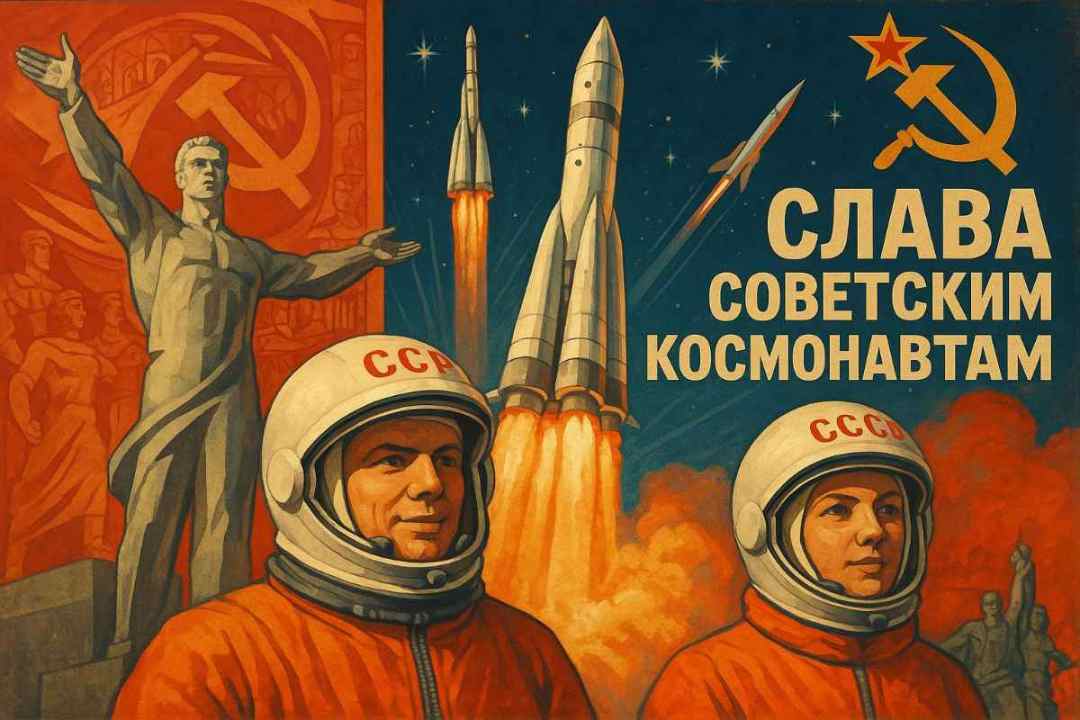
Cultural Impact
How the Soviet space program shaped art, media, and society.
Cultural Revolution
The Soviet space program profoundly shaped the cultural landscape of the USSR, influencing everything from art and architecture to popular entertainment and everyday life. The achievements of Sergei Korolev and the early space missions captured public imagination.
National Identity
Space achievements became a cornerstone of Soviet national pride, unifying diverse peoples under the banner of scientific achievement.
Artistic Expression
Artists embraced cosmic themes, creating a distinctive space age aesthetic that influenced visual arts, architecture, and design.
Popular Culture
Space achievements were celebrated in iconic propaganda posters, combining heroic imagery with messages of Soviet technological superiority. The success of human spaceflight missions and space stations provided rich material for artists.
This cultural impact extended far beyond propaganda, fostering genuine public enthusiasm for space exploration and scientific achievement. The program's influence can still be seen in Russian culture today, from public monuments to contemporary art.
Art and Design
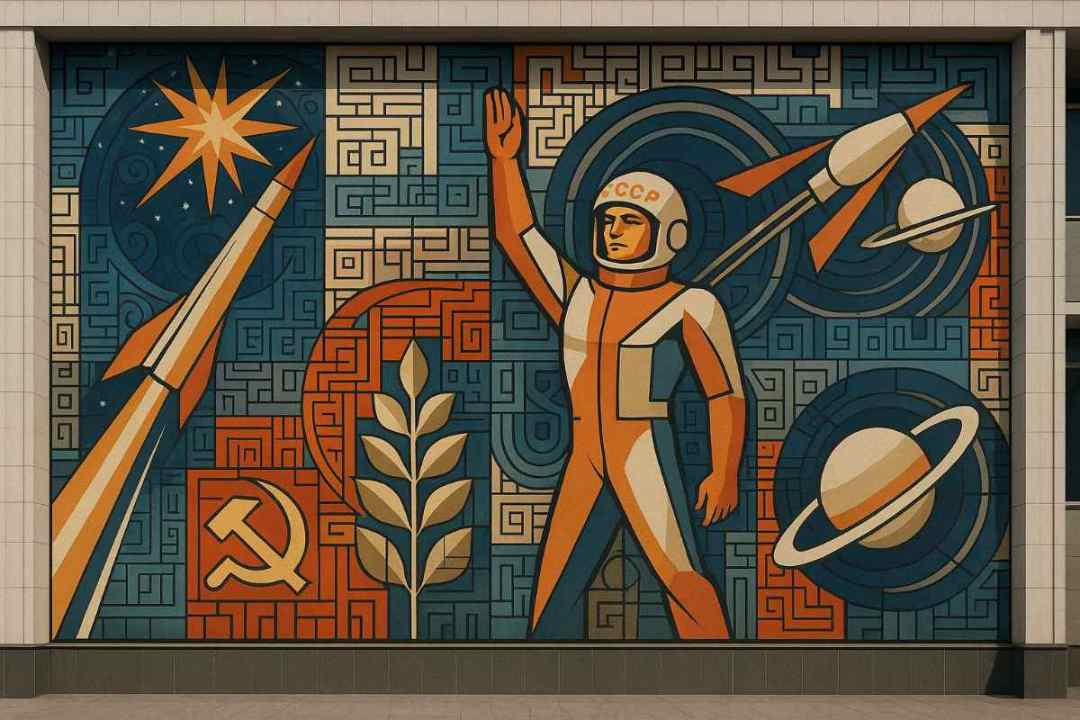
Space Age Aesthetics
The space program influenced Soviet design with futuristic motifs, geometric patterns, and cosmic imagery appearing in architecture, graphic design, and consumer products.

Propaganda Art
Space achievements were celebrated in iconic propaganda posters, combining heroic imagery with messages of Soviet technological superiority.
Media and Entertainment
Cinema
Soviet cinema documented and dramatized the space program through documentaries, science fiction, and educational films.
- Taming of Fire (1972) - Documentary about rocket designer Sergei Korolev
- Planet of Storms (1962) - Influential sci-fi film inspired by Venus missions
- Moscow-Cassiopeia (1973) - Youth space exploration drama
Literature
Space-themed literature spanned multiple genres, from technical publications to children's books, often created in collaboration with scientists.
- Andromeda (1957) - Ivan Yefremov's groundbreaking space novel
- Space Encyclopedia (1969) - Popular science series for youth
- Little Star (1960s) - Children's book series about space exploration
Music
Space-themed music ranged from classical compositions to electronic experiments, often incorporating actual sounds from space missions.
- Constellation Gagarin (1961) - Alexandra Pakhmutova's famous tribute
- ANS Synthesizer (1970s) - Space-inspired electronic compositions
- Fourteen Minutes to Start (1960) - Popular cosmonaut anthem
Social Impact
The Soviet space program profoundly influenced society, from education and career aspirations to everyday life and social values. Its impact extended far beyond technological achievement, shaping an entire generation's worldview and aspirations.
Education
The space program revolutionized Soviet education, emphasizing science and technology while inspiring young people to pursue technical careers.
- STEM Focus: Enhanced science and mathematics curriculum in schools
- Youth Programs: Space clubs and technical circles for students
- Career Guidance: Promotion of aerospace and engineering careers
Daily Life
Space achievements permeated everyday Soviet life, influencing everything from consumer goods to public celebrations.
- Consumer Goods: Space-themed toys, clothing, and household items
- Public Events: Parades, exhibitions, and space achievement celebrations
- Hero Culture: Cosmonauts as national role models and celebrities
- Urban Design: Space-themed architecture and public monuments
Social Values
Space exploration reinforced key Soviet social values and collective aspirations.
- Collective Achievement: Emphasis on teamwork and shared success
- Scientific Progress: Belief in technology as a force for social good
- International Pride: Space achievements as source of national identity
Workplace Impact
The space program influenced Soviet workplace culture and professional development.
- Innovation Culture: Emphasis on technical problem-solving
- Knowledge Transfer: Space technology applications in industry
- Professional Development: Enhanced technical training programs
Modern Legacy
The cultural impact of the Soviet space program continues to resonate in modern Russia and beyond, influencing contemporary art, architecture, and public memory.

Contemporary Art
Modern artists continue to reinterpret space-age aesthetics through contemporary perspectives, blending Soviet futurism with current artistic trends.
- Public art installations inspired by cosmic themes
- Digital art reimagining space race propaganda
- Contemporary space-themed architecture
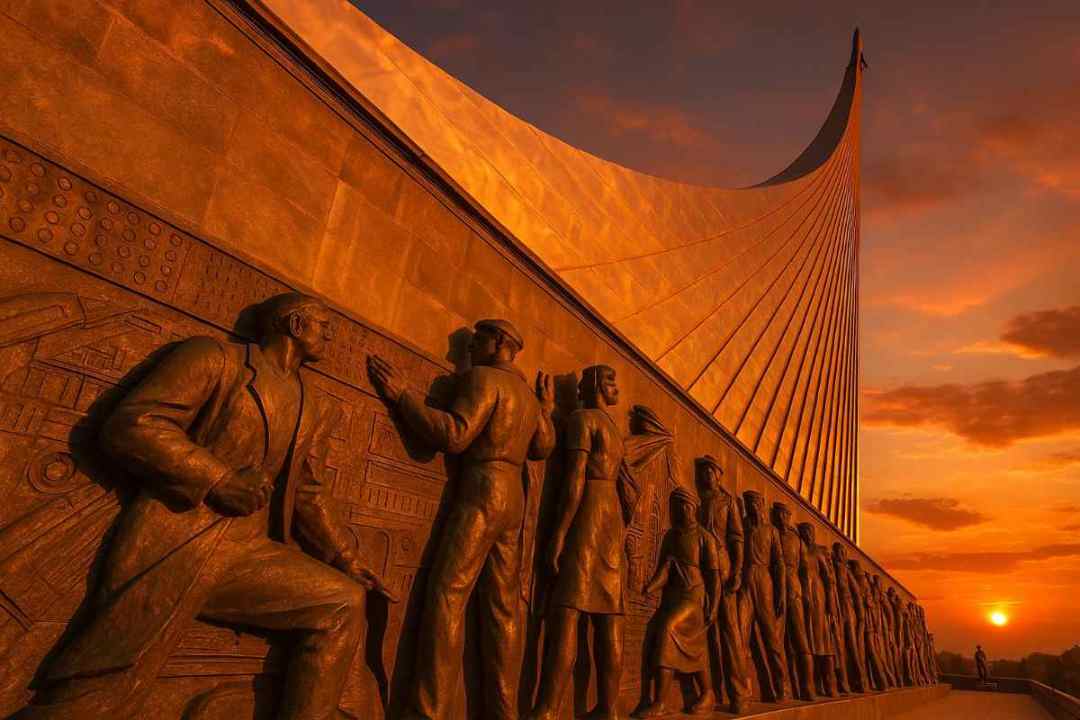
Cultural Memory
The space program's legacy lives on through monuments, museums, and annual celebrations that connect new generations to this historic achievement.
- Memorial Museum of Cosmonautics in Moscow
- Cosmonautics Day celebrations (April 12)
- Space-themed educational programs
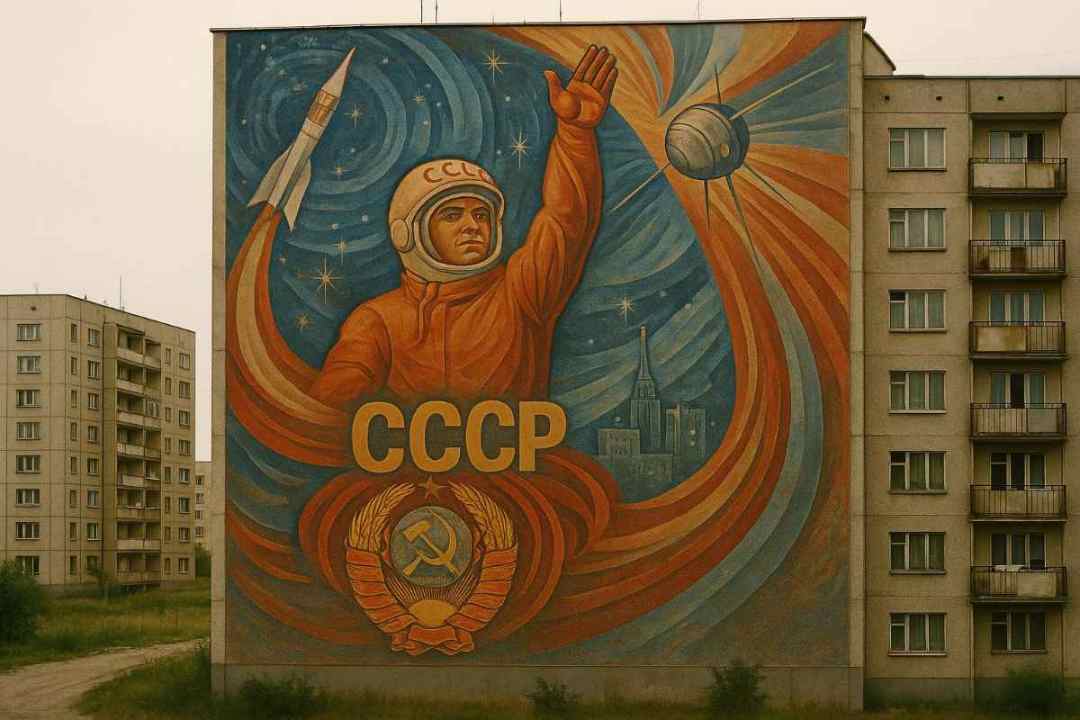
Artistic Heritage
Soviet space art and design continues to influence modern creators, from graphic designers to filmmakers.
- Revival of space age design aesthetics
- Influence on contemporary science fiction
- Preservation of historical space art
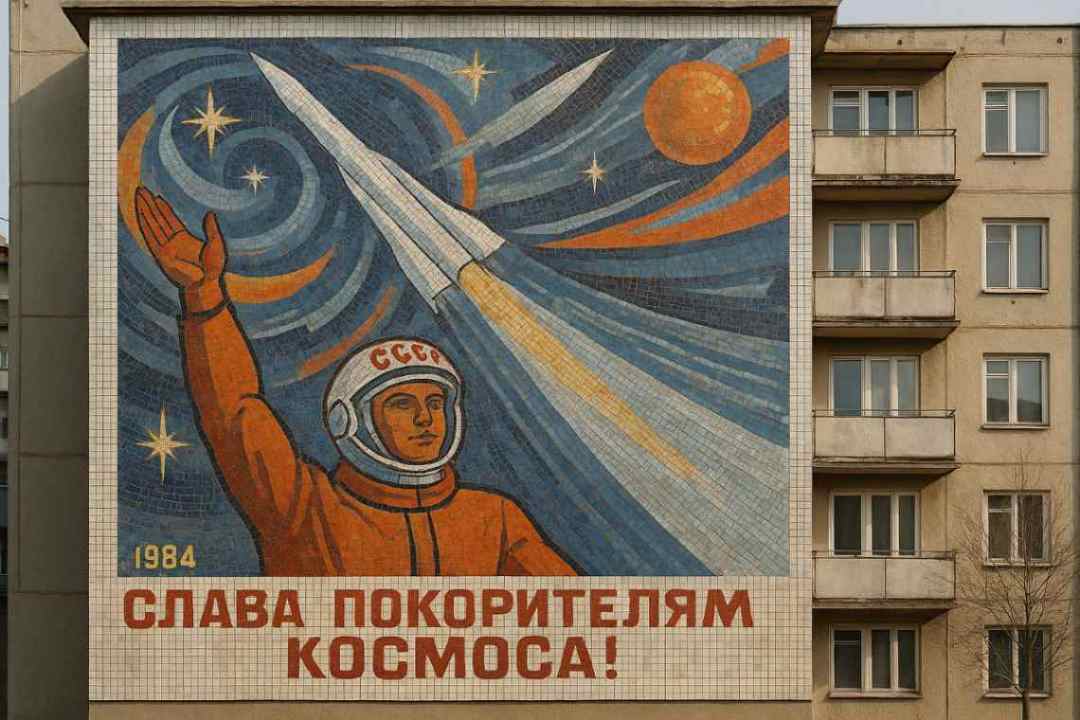
Modern Interpretations
Contemporary artists and designers reinterpret Soviet space themes through modern mediums and perspectives.
- Digital remastering of historical artwork
- Virtual reality space exhibitions
- Interactive museum installations